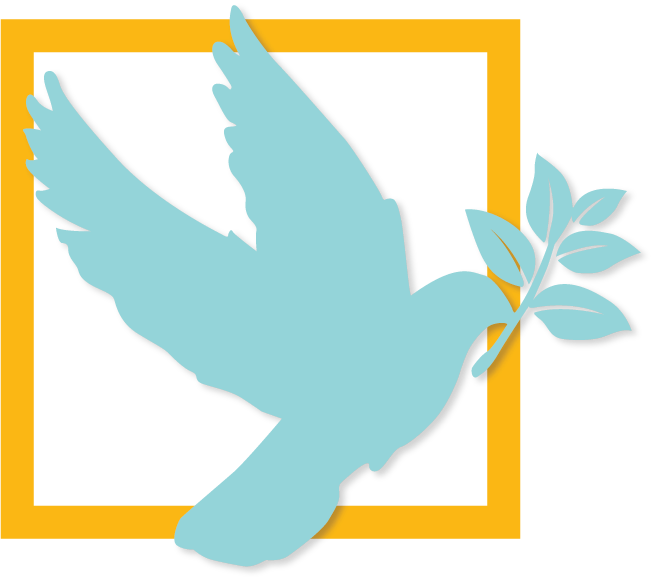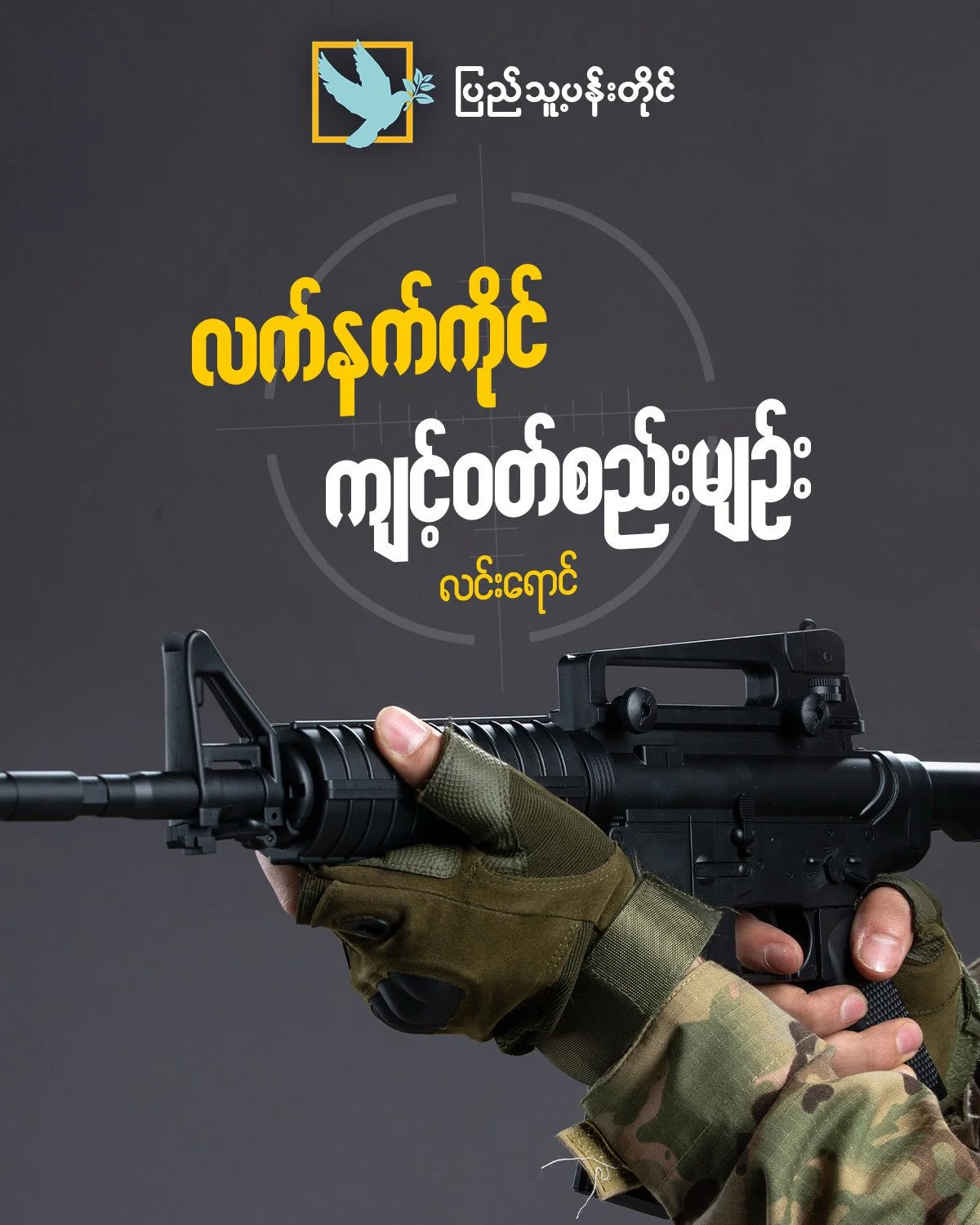Code of Conduct for Armed Resistance
As the revolution has passed four years and enters its fifth, much progress has been made. However, there have also been reports of disciplinary violations within some revolutionary forces.
Special care must be taken regarding the weapons held within each organization.
The Armed Resistance Forces — as sons and daughters of the people — must ensure that their weapons become a source of strength for the people, not a source of fear or harm.
Code of Conduct for Armed Resistance
by Lin Yaung
”The Armed Resistance Forces — as sons and daughters of the people — must ensure that their weapons become a source of strength for the people, not a source of fear or harm.”
Whether it’s Myanmar’s traditional martial arts or any other form of self‑defense, students pledge that their skills will never be used to dominate others but only to defend and protect themselves. Instructors stress this principle deeply: knowledge and ability must not become a source of harm or conflict for others.
The same applies when bearing a gun—even a small one. There must be a clear understanding of why arms are carried, a well‑defined code of conduct, firm rules about how weapons are used and carried, and strict enforcement of those rules.
For most revolutionary fighters, training begins with mock weapons made of wood or bamboo to become familiar and comfortable with handling arms. This preparatory work is part of both military drills and battlefield readiness. Later, they progress to real firearms, learning step by step how to disassemble, reassemble, clean, and eventually fire them. The first live round is an overwhelming sensory experience—the report is ear‑splitting, and the heart races.
Sometimes instructions on aiming and handling slip from memory, so supervising instructors watch closely and correct immediately. Mistakes are common, and trainers often have to shout or scold to keep everyone alert. During live-fire practice, many people shoot together, and the cracks of nearby weapons are always audible. Over time, the ears grow used to gunfire, the heart no longer pounds, and the hands stop trembling. It becomes easier to concentrate on precise aiming. Gradually, weapon handling becomes disciplined and composed—that is all part of training.
The first encounter in actual combat is always nerve-wracking. Even facing an enemy, the thought of shooting a person makes the hands shake. No matter how courageous someone claims to be, it is impossible to be as calm and steady as a seasoned soldier in that first confrontation. But once the first bullet is fired from one’s own gun, fear eases and confidence in the weapon begins to grow. On the battlefield, reliance on the weapon grows, and a bond forms between a person and the gun that protects life. Loving and valuing the weapon is essential in combat, and trust in the weapon increases with experience.
When moving off the battlefield, carrying firearms must be done with caution. Rules vary by place due to differences in local customs, security conditions, and organizational policies. In some civilian areas, firearms must be left behind, while in other regions they may need to be carried due to operational requirements. Encounters with civilians while armed can evoke mixed reactions. Some may feel admiration or respect because the person is a revolutionary fighter, while others may feel fear because of the deadly weapon being carried. Even though weapons are carried to protect the people, extra caution is needed in interactions with civilians. It is important to understand the past traumas of civilians—how they may have feared authority figures such as unarmed police or firemen in uniform—so these interactions are handled sensitively.
Within an armed group, members must never misuse weapons, deliberately target each other, fire without cause, or place weapons wherever they please. Detailed rules, codes of conduct, and discipline must be observed in any armed organization. More severe violations—such as indiscriminately firing weapons in civilian areas, using weapons to commit sexual violence, unlawfully seizing civilian property, or killing civilians outside the law—are completely contrary to the principles of the revolution and its path toward justice.
Any use of weapons to harm unarmed civilians constitutes a war crime. All such acts must be exposed and addressed. Responsibility lies not only with the perpetrators but also with those who directly supervise them and with anyone in a position of overall authority. Justice must be delivered fairly for the protection and rights of the people.
When weapons are used not to protect civilians but for personal ego, greed, or anger, unarmed civilians face a life of fear and oppression. As a Myanmar saying goes: “Out of fear of the tiger, people pray to the spirit—but the spirit is worse than the tiger.” Weapons provided by the people are meant only to resist violence and injustice. They must never be used to commit acts of violence against civilians or to instill terror among them.
By Lin Yaung


